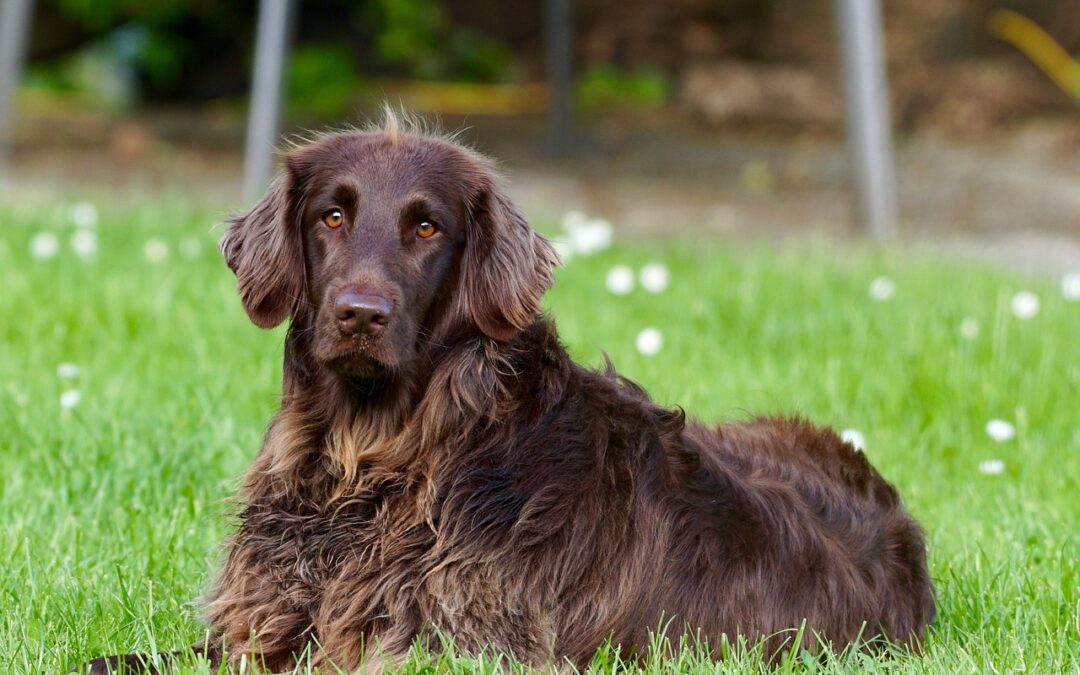Understanding Cranial Cruciate Ligament Tears in Pets
While observing a sports event, it is common to cringe upon witnessing an athlete collapsing and grasping their knee. It is evident that they have likely experienced a tear in their anterior cruciate ligament (ACL), a crucial ligament that plays a vital role in knee stability.
Did you know that your pet can tear the same knee ligament? Although called by a different name—cranial cruciate ligament (CCL)—the problem is the same.
What is a cranial cruciate ligament tear in pets?
The proper functioning of the knee joint relies on the cranial cruciate ligament, which links the femur (thigh bone) to the tibia (shin bone) and provides stability. However, when the cranial cruciate ligament (CCL) becomes ruptured or torn, the shin bone moves forward in relation to the femur while your pet walks, leading to instability and discomfort.
How does the cranial cruciate ligament become damaged in pets?
A multitude of factors contribute to a CCL rupture or tear in pets, including:
- Ligament degeneration
- Obesity
- Poor physical condition
- Genetics
- Skeletal shape and configuration
- Breed
In general, CCL rupture occurs because the ligament slowly degenerates over months or years, rather than an acute injury to a healthy ligament.
What are signs of a cranial cruciate ligament tear in pets?
A CCL tear, particularly a partial tear, can cause signs that range in severity and can be challenging for pet owners to determine whether their pet needs veterinary care. However, a CCL rupture needs medical attention, and you must schedule an appointment with our team if your pet is displaying these signs:
- Pain
- Stiffness
- Lameness on a hind leg
- Difficulty standing after sitting
- Difficulty during the process of sitting
- Difficulty jumping into the car or on furniture
- Decreased activity level
- Muscle atrophy in the affected leg
- Decreased range of motion in the knee
How can a torn cranial cruciate ligament be repaired?
The appropriate treatment for a torn cranial cruciate ligament (CCL) varies based on factors such as your pet’s activity level, size, age, and the extent of knee instability. Generally, surgery is considered the most effective choice, as either an osteotomy or suture-based technique is necessary for long-term management of the instability. However, medical management may be a viable alternative in some cases.
If your pet limps on a hind leg, they may have torn their cranial cruciate ligament. Give our team a call to schedule an orthopedic exam.

